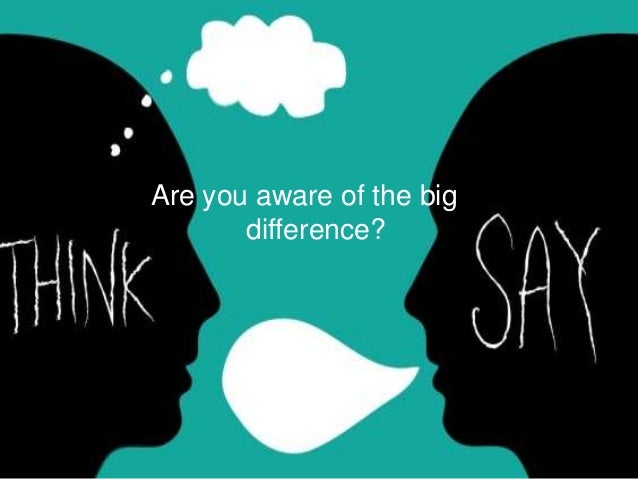Experience - Best way to gain experience is to immerse you in the language. This is not as practical but you can begin by listening to the radio, music, reading their newspaper and learning about their religion.
Differences - Differences may make you feel like an outsider, it can easily become a threat. This is natural; you have to remember the differences are not as important as the similarities.
Overlooking Similarities - It is easy to overlook similarities. People do not realize that we are a lot more similar than we think. When we focus on the differences, it makes it difficult to see the similarities.
Stereotyping - This is when the mind comes up with its own rules and generalization. But this fails to consider individual variation or real life experience. This can eventually turn into a prejudice.
Variation - There is more variation within groups than between them. This means that, the differences between group A and B can seem like so much but it does not come close to the difference within the group. The culture and history shape the customs/rituals through which those aspects of human nature are expressed.
This video will tell us some magic way to deliver bad news.Solution to overcome difficulties
Changes - Cultures are always changing. This is done especially through interaction between people of different backgrounds. It might be a slow change, most of the time people are not aware that their culture is changing but, this change is inevitable.
Reference
http://www.wikihow.com/Communicate-Bad-News-Professionally
Differences - Differences may make you feel like an outsider, it can easily become a threat. This is natural; you have to remember the differences are not as important as the similarities.
Overlooking Similarities - It is easy to overlook similarities. People do not realize that we are a lot more similar than we think. When we focus on the differences, it makes it difficult to see the similarities.
Stereotyping - This is when the mind comes up with its own rules and generalization. But this fails to consider individual variation or real life experience. This can eventually turn into a prejudice.
Variation - There is more variation within groups than between them. This means that, the differences between group A and B can seem like so much but it does not come close to the difference within the group. The culture and history shape the customs/rituals through which those aspects of human nature are expressed.
This video will tell us some magic way to deliver bad news.Solution to overcome difficulties
Reference
http://www.wikihow.com/Communicate-Bad-News-Professionally








